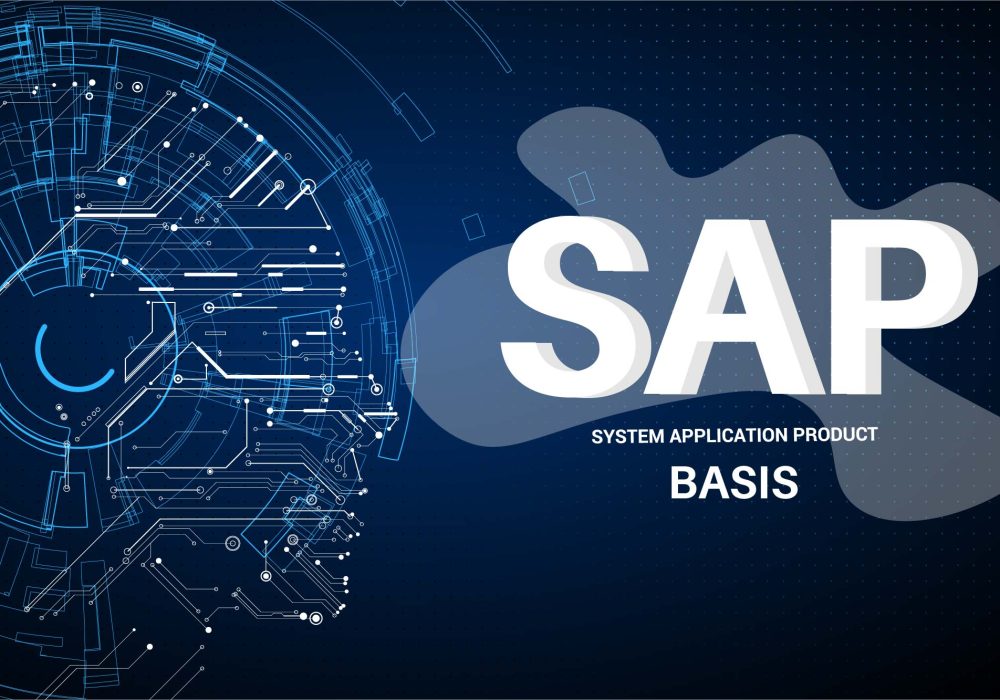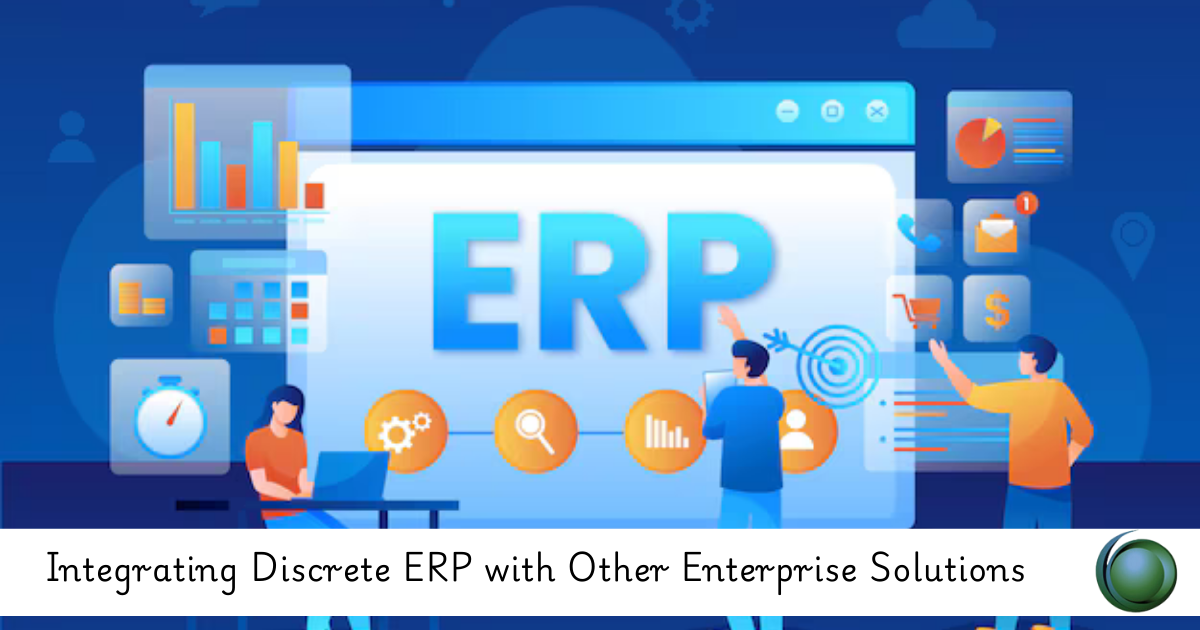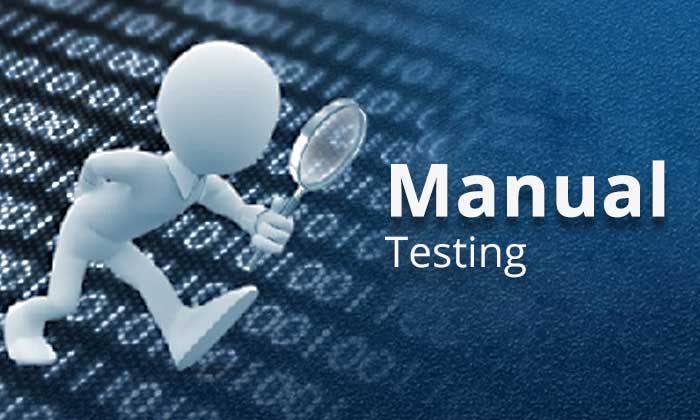Description
Introduction of SAP BASIS
SAP BASIS is the technical foundation that enables SAP applications to function. It stands for “Business Application Software Integrated Solution” and covers a wide range of activities, from system installation and configuration to managing SAP system landscapes, performance tuning, and user management. This course takes you from a beginner to an advanced level, enabling you to perform critical SAP BASIS operations, maintenance tasks, and advanced configurations.
Prerequisites for SAP BASIS
To make the most out of this course, the following prerequisites are recommended:
- Basic Computer Skills: Familiarity with general IT concepts, operating systems (especially Linux and Windows), and networking.
- Knowledge of Databases: Understanding how relational databases (like Oracle, SAP HANA, or MS SQL) work.
- Understanding ERP Systems: Basic knowledge of ERP systems and their function in businesses.
- Basic SAP Knowledge (Optional): Some exposure to the SAP system, though the course is designed to accommodate absolute beginners.
- Virtualization and Cloud Basics (Optional): Helpful but not mandatory for advanced topics.
Table of Contents
Conclusion
SAP provides a robust framework for organizations to manage business processes efficiently by integrating diverse functions on a single platform. Understanding the basics of SAP empowers users to navigate the system effectively, leverage its powerful features, and enhance productivity across departments. As SAP continues to evolve, staying updated on the latest advancements, such as SAP S/4HANA, will help organizations maintain a competitive edge in their operations.
This course is structured to provide hands-on, practical knowledge, making it easy for beginners to learn while giving more advanced users the tools to manage and troubleshoot real-world SAP BASIS environments effectively.






